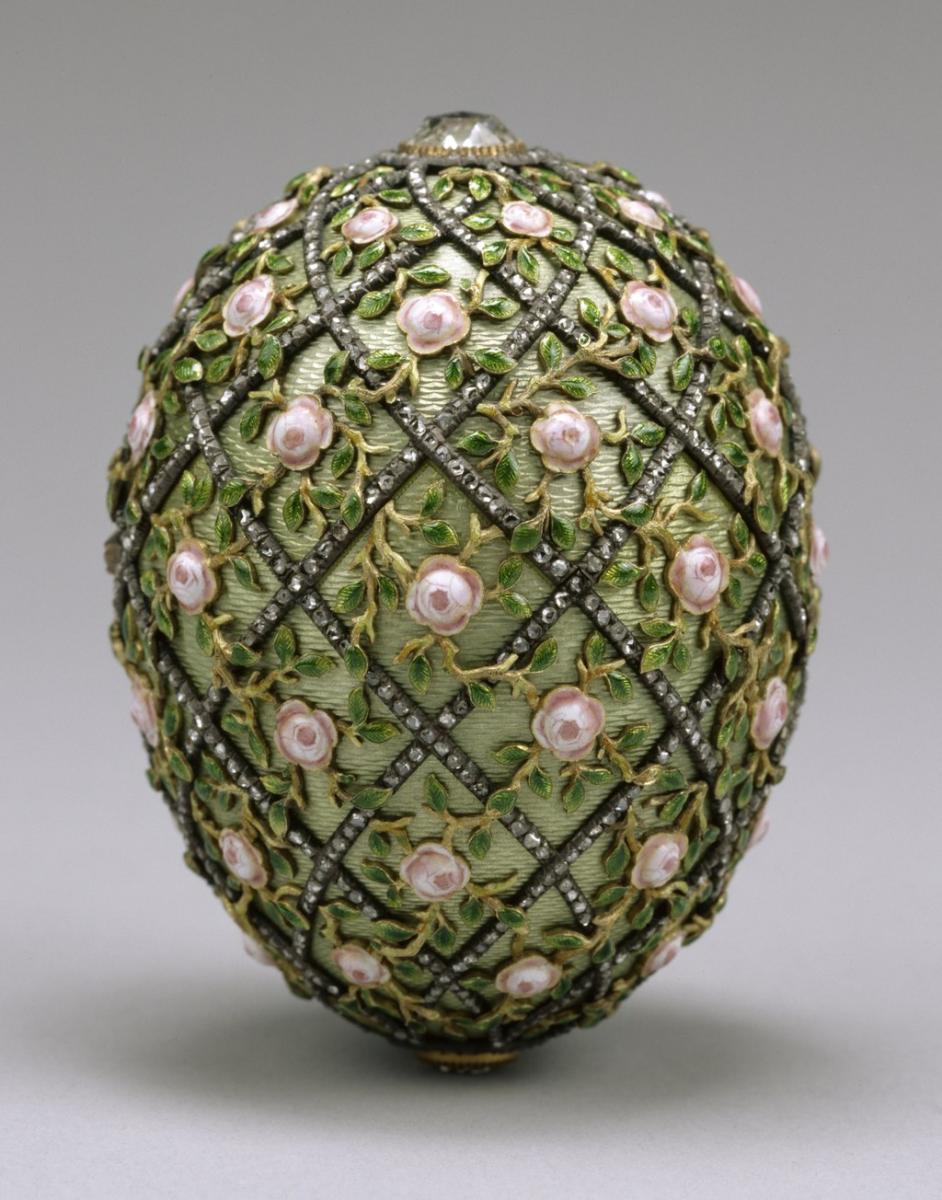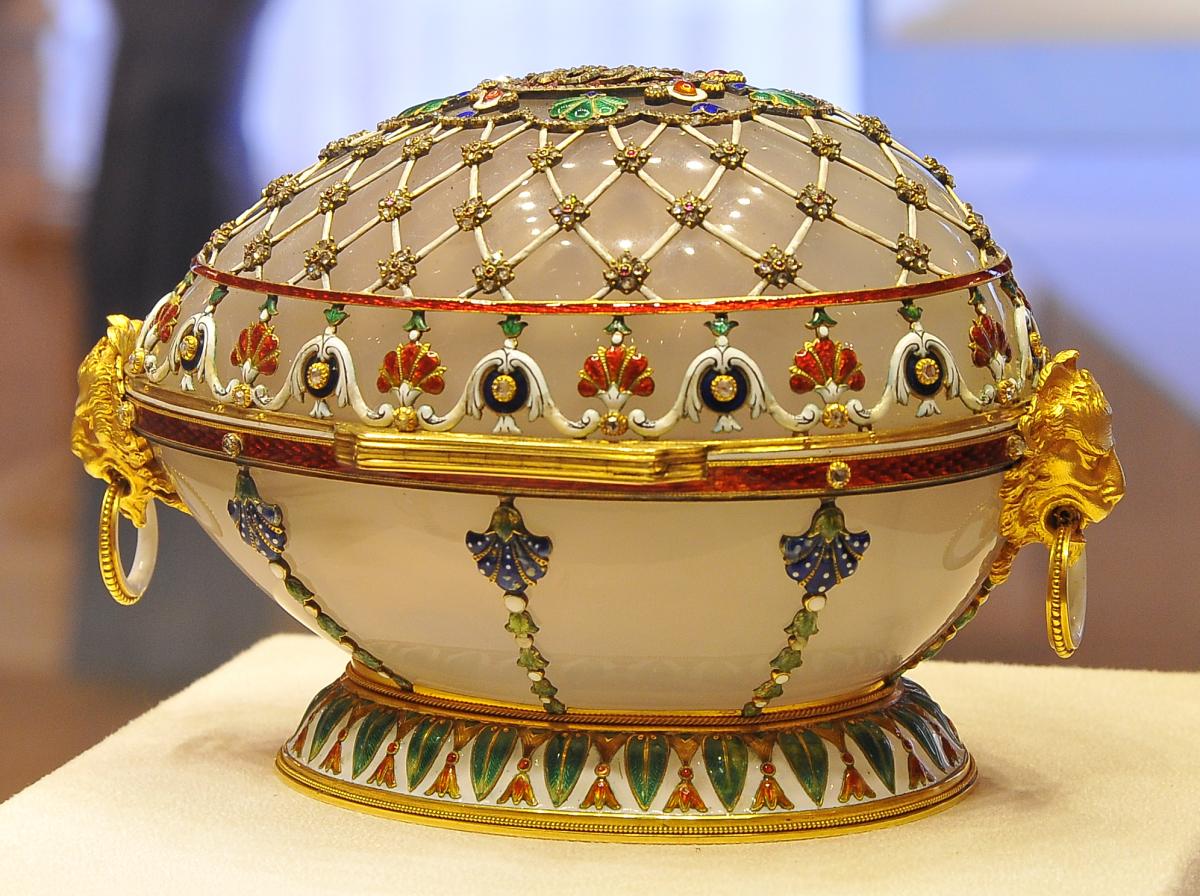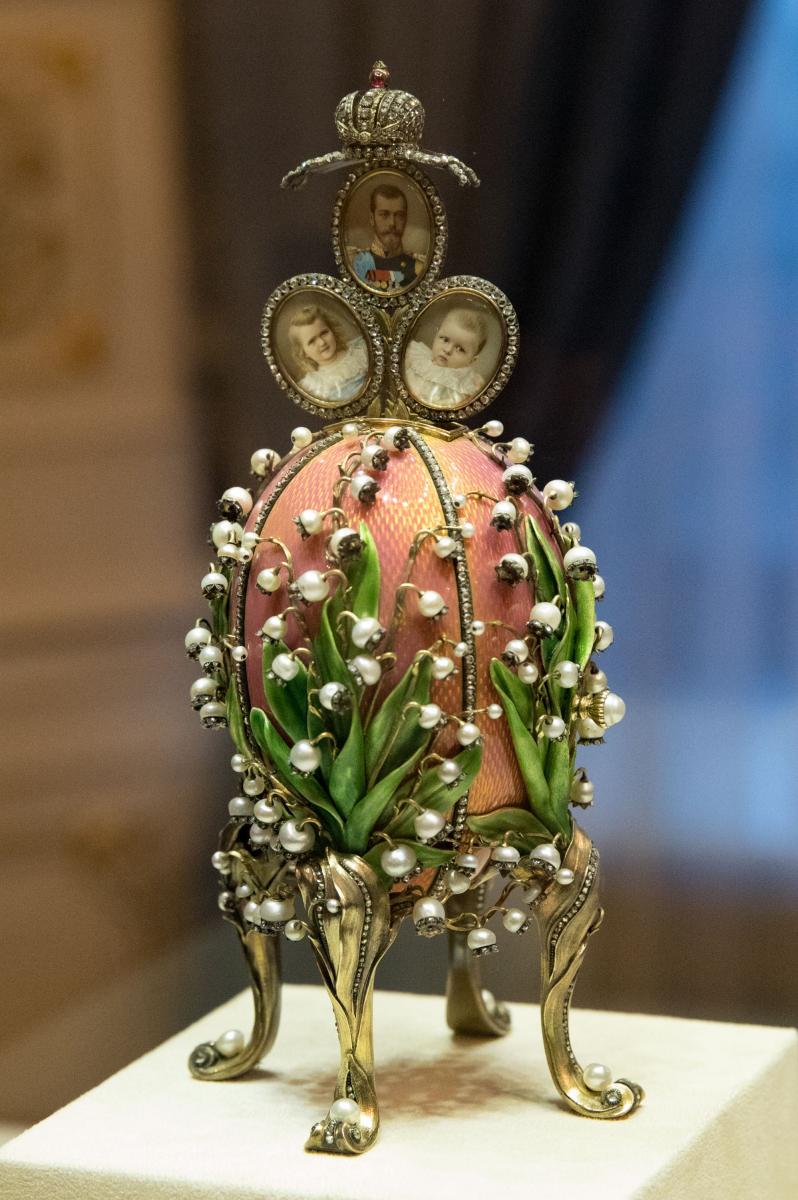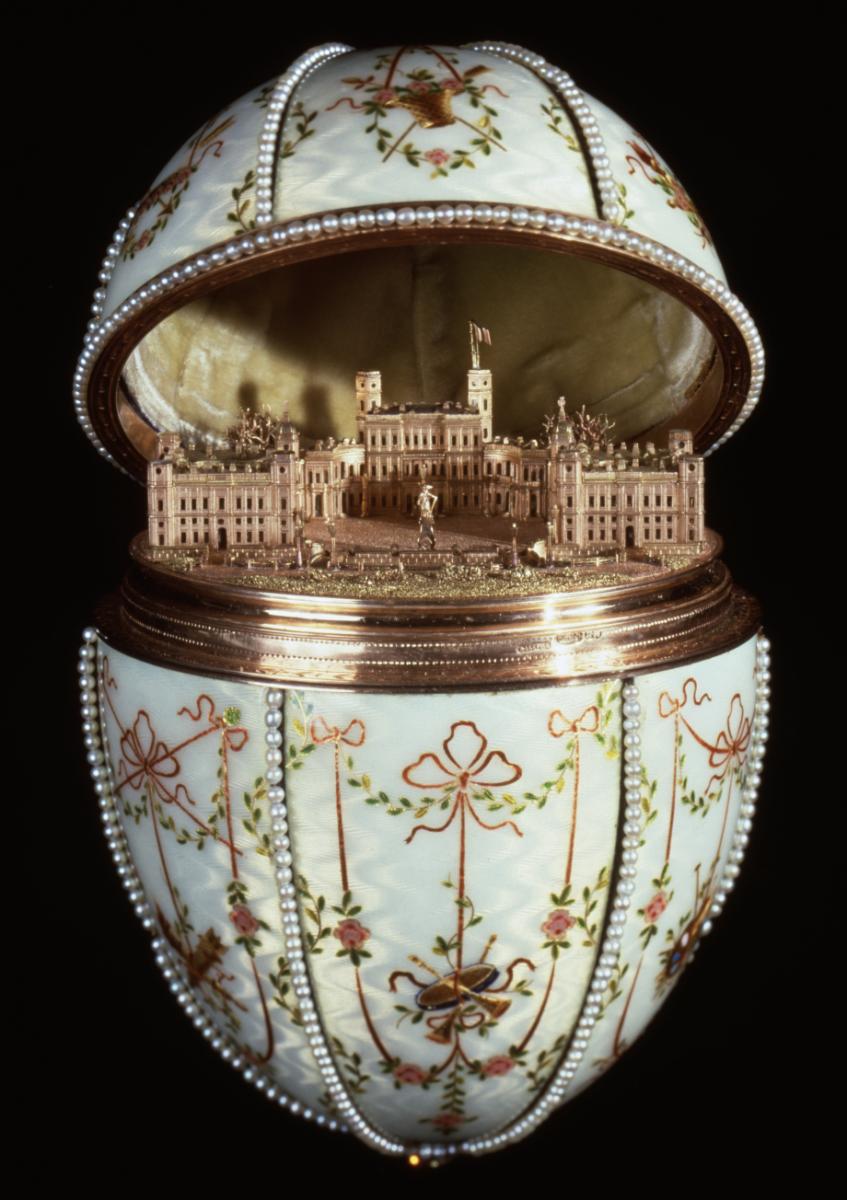This wonderful Cornish workshop and museum is dedicated to the legacy of studio pottery trailblazer Bernard Leach
Five Fascinating Facts About Fabergé Eggs
Five Fascinating Facts About Fabergé Eggs
19 Apr 2019
The House of Fabergé is famed for its intricately designed eggs produced for Russian royalty, to commemorate Easter. These heavily adorned objects featured gold, diamonds, gemstones, enamel, painted miniatures and fastidiously carved ornamentation. Here are just a few of facts that uncover the history of these unique creations.
 House of Fabergé, Rose Trellis Egg, 1907
House of Fabergé, Rose Trellis Egg, 1907
1. The House of Fabergé was founded in 1842, but it was not until 1885 that Peter Carl Fabergé was commissioned to produce the first intricately decorated egg byTsar Alexander III as an Easter gift for his wife, Empress Maria Feodorovna. Peter Carl went on to work for Tsar Nicholas II, who commissioned two eggs a year for his mother, Maria, and his wife Alexandra.
 The House of Fabergé, Renaissance Egg, 1894
The House of Fabergé, Renaissance Egg, 1894
2. Following the original Fabergé egg, which featured a ‘surprise’ gold hen, Peter Carl was allowed to design whatever he wanted and worked in extreme secrecy — even the Tsar was not allowed to know what the upcoming presents looked like.
 House of Fabergé, Lilies of the Valley Egg, 1898
House of Fabergé, Lilies of the Valley Egg, 1898
3. Fifty eggs were originally created for the royal household, but it is believed that only 43 remain. The treasures were looted from the St. Petersburg following the Romanov’s exile during the Russian revolution.
4. Each egg was required to reflect the personality of its recipient, and often embodied the mood of the period. For example, the Gatchina Palace Egg (1901) featured a miniscule replica of the Dowager Empress’s principal residence outside St. Petersburg, while the Steel Military Egg alluded to political unrest with a plinth made of bullets and a relatively austere steel outer.
 House of Fabergé, Gatchina Palace Egg, 1901
House of Fabergé, Gatchina Palace Egg, 1901
5. In 2012 The Third Imperial Egg (1887), considered to be lost, was found in the home of an American man form the Mid West. After buying it at an antiques market and failing to sell it for scrap, he Googled the unusual ingraving and discovered the egg was worth approximately $33 million.
VISIT
Walters Art Museum, Maryland; thewalters.org
Fabergé Museum, St. Petersburg; fabergemuseum.ru
Virginia Museum of Fine Arts; vmfa.museum
About the Author
The Arts Society
JOIN OUR MAILING LIST
Become an instant expert!
Find out more about the arts by becoming a Supporter of The Arts Society.
For just £20 a year you will receive invitations to exclusive member events and courses, special offers and concessions, our regular newsletter and our beautiful arts magazine, full of news, views, events and artist profiles.
FIND YOUR NEAREST SOCIETY
MORE FEATURES
Ever wanted to write a crime novel? As Britain’s annual crime writing festival opens, we uncover some top leads
It’s just 10 days until the Summer Olympic Games open in Paris. To mark the moment, Simon Inglis reveals how art and design play a key part in this, the world’s most spectacular multi-sport competition



